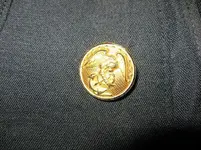Fyrffytr1, I believe the answer to your question is no, because Jedifelix's buttons have the backmark of the Scovill Manufacturing Company, who had many US Government contracts for Military buttons, including all the versions of Regulation buttons. That pretty solidly takes Jedifelix's buttons out of the made-in-HongKong/Japan/Pakistan category.
Because every component (front, back, wire loop, and solder/brazing) is the same color, I believe Jedifelix's buttons are in actual fact made of brass/bronze whose surface color has been altered somehow... perhaps by something akin to Anodizing, or perhaps an amateur attempt at plating. A key clue for me is the wire loop on Jedifelix's buttons, which on US Marines buttons (and very nearly all other US Military metal buttons) is always either brass wire or copper wire. The loop on Jedifelix17's buttons is the same color as the rest of the button's body. I don't believe Scovill would have made these buttons' loops out of pewter or some other (non-iron) "white-metal." Why go to the trouble and expense of producing pewter/base-metal wire, when the usual brass/copper wire would do just fine? The loop is not seen when the button is sewed onto the uniform. There's no REASON to make the loop out of some kind of non-standard metal.



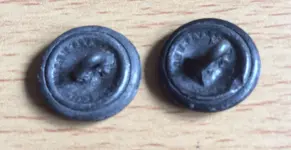
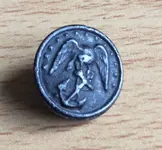
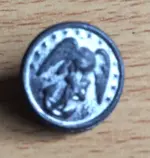

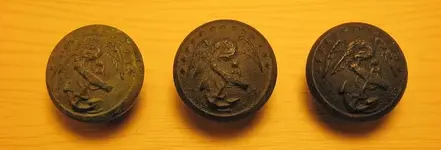



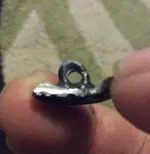
 Thank you... that solves the mystery. Seeing the "Scovill Mfg. Co. / Waterbury" backmark, I assumed the buttons were the standard hollow 2-piece sheetbrass/bronze US Marines buttons. Being actually a solid-cast whitemetal "copy," they are a non-Regulation imitation, not made by Scovill, and of course not US Military-Issue.
Thank you... that solves the mystery. Seeing the "Scovill Mfg. Co. / Waterbury" backmark, I assumed the buttons were the standard hollow 2-piece sheetbrass/bronze US Marines buttons. Being actually a solid-cast whitemetal "copy," they are a non-Regulation imitation, not made by Scovill, and of course not US Military-Issue.